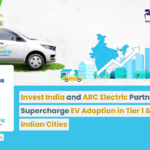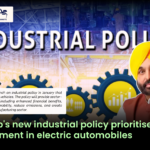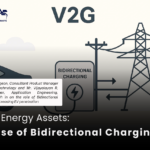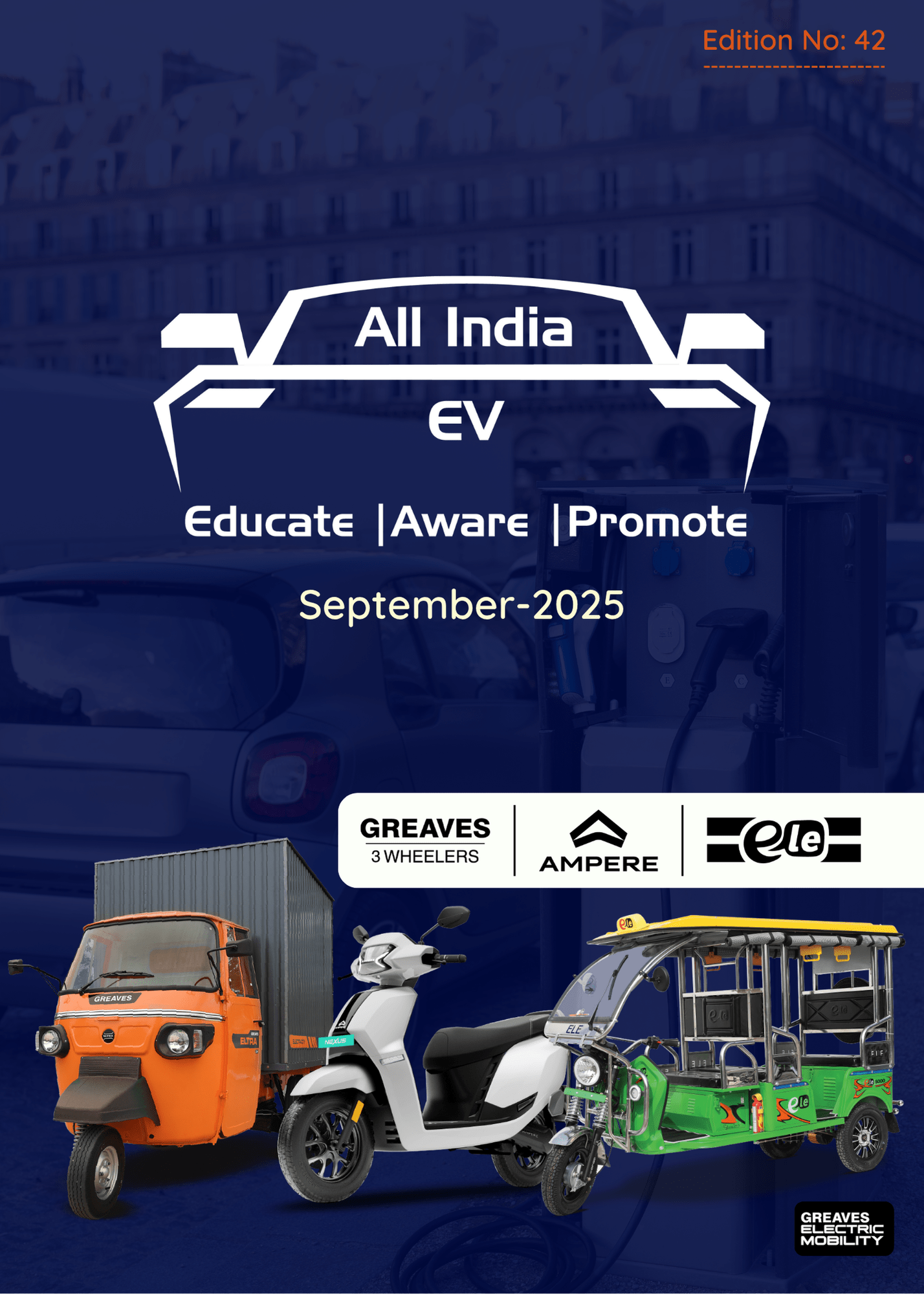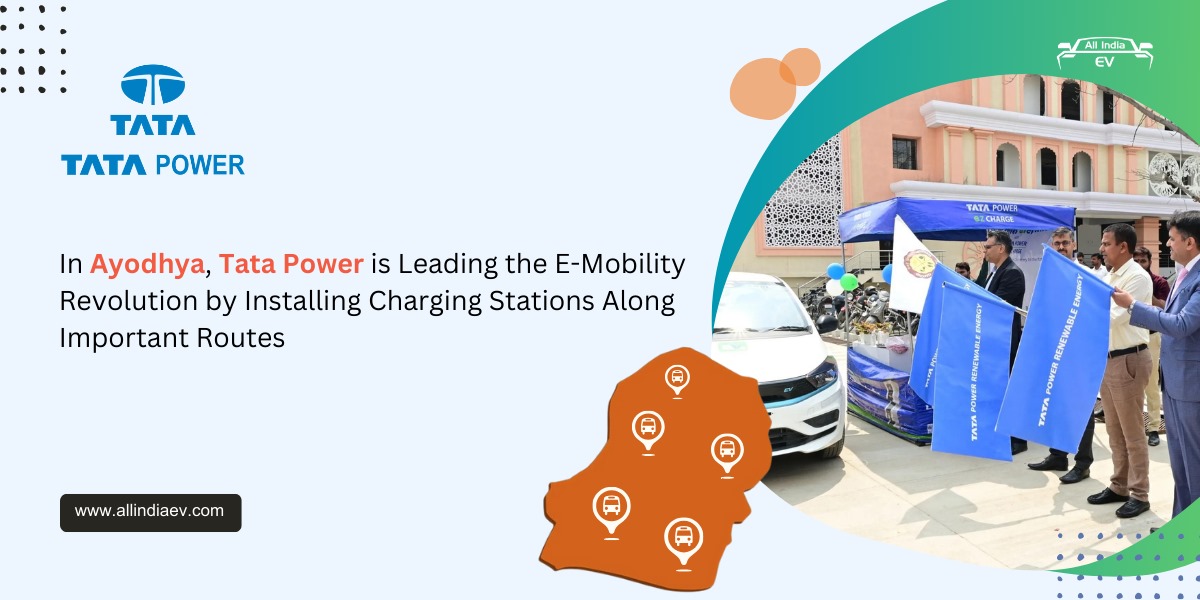
Electrifying Rural India: Overcoming Barriers to EV Adoption in Tier II and III Cities
Electric vehicle (EV) adoption in India is witnessing a transformative shift, particularly in Tier II and Tier III cities. As India’s major urban hubs experience rapid EV uptake, a new challenge emerges: ensuring that this revolution extends to smaller towns and rural areas. In this article, India EV explores the current state of EV adoption in these regions, the hurdles faced, and strategies to increase accessibility and affordability for rural communities.
✅ Rural India: A Rising Market for EVs
🔹A Growing Trend in Tier II and III Cities
Recent reports show that smaller cities in India are becoming key players in the electric two-wheeler market. According to Bloomberg NEF, cities such as Jaipur, Surat, and Nagpur have seen electric two-wheeler sales outpace those in major metro cities. Notably, in FY 2023, Tier II and III cities accounted for nearly half (49%) of the electric four-wheeler registrations, with this number rising to 58% in FY 2024 and over 65% by November 2024. This surge is fueled by the growing demand for economical, eco-friendly personal mobility, driven by a rise in private vehicle ownership in these regions.
🔹The Dominance of Electric Two-Wheelers
Electric two-wheelers make up the majority of the EV market in India, capturing nearly 60% of new EV sales. In smaller towns, two-wheelers are the most practical mode of transport due to their affordability and convenience for short-distance travel. With the total cost of ownership (TCO) of electric two-wheelers significantly lower than traditional internal combustion engine (ICE) vehicles, EVs present an attractive option for consumers in rural areas.
✅ The Road Ahead: Overcoming Challenges to EV Adoption
Despite the growing adoption of EVs in rural areas, significant challenges remain that must be addressed for the widespread transition to electric mobility in smaller cities.
🔹Infrastructure Gaps
One of the primary obstacles to EV adoption is the lack of charging infrastructure. While larger cities have seen the expansion of charging stations, Tier II and III cities still struggle with limited access to public charging facilities. However, the relatively compact nature of these cities may make home charging solutions more feasible, especially in areas with a higher percentage of independent houses. The ability to install home charging stations with ease can help mitigate charging anxiety, an issue that remains central to the adoption of EVs.
🔹Financial Barriers
Affordability continues to be a major concern, particularly in rural areas. The higher upfront cost of electric vehicles can deter many potential buyers, despite the long-term savings on fuel and maintenance. Without access to tailored financing options, the upfront cost of EVs remains a barrier to entry for many consumers in smaller towns. Thus, there is a need for financial mechanisms that cater to the specific needs of rural buyers.
✅ Strategies to Accelerate EV Adoption in Rural India
To overcome these challenges and boost EV adoption in smaller cities, a multi-pronged approach is needed.
🔹Development of Affordable Solutions
Auto manufacturers must focus on producing budget-friendly electric two-wheelers that are tailored to the needs of rural consumers. These vehicles should maintain a balance between affordability, quality, and performance, ensuring they are accessible without compromising on the essential features that consumers expect from ICE vehicles.
🔹Expanding Financing Options
Flexible financing solutions are crucial for making EVs more accessible. Local public sector banks, cooperative banks, and micro-financing models can provide targeted loan options that cater specifically to potential EV buyers in rural areas. Such financing mechanisms can ease the burden of the higher initial cost, enabling more consumers to switch to electric mobility.
🔹Enhancing Charging Infrastructure
Although smaller cities do not require the extensive charging networks seen in metro cities, establishing a basic network of charging points is essential to facilitate EV adoption. Collaboration between local governments and private enterprises to install public charging stations is critical. Additionally, promoting solar-powered charging solutions can offer a sustainable and cost-effective alternative for rural areas.
🔹Raising Awareness
Consumer education is key to overcoming skepticism about EVs. Awareness campaigns tailored to smaller towns can help dispel misconceptions and highlight the long-term economic and environmental benefits of electric vehicles. Local workshops, demonstrations, and community engagement will play a vital role in changing perceptions and driving demand.
🔹Leveraging Government Support
The Indian government’s support for electric vehicles has been instrumental in accelerating adoption. Initiatives like the Faster Adoption and Manufacturing of Hybrid and Electric Vehicles (FAME-II) scheme have made EVs more affordable, providing subsidies and reducing upfront costs. However, there is a need for expanded government programs, such as the PM E-Drive, to focus more on rural areas and ensure that these regions do not fall behind in the electric revolution.
✅ Conclusion: A Promising Future for Rural EV Adoption
The potential for EV adoption in Tier II and III cities is immense, driven by the growing preference for sustainable and cost-effective transportation options. However, to fully unlock this potential, addressing the challenges of affordability, infrastructure gaps, and financial barriers is crucial. We believe that with targeted efforts from the government, auto manufacturers, and local communities, India can accelerate the adoption of electric vehicles in rural regions and pave the way for a cleaner, more sustainable future for all.
As the EV revolution continues to unfold, the road ahead will be shaped by inclusive growth and the widespread adoption of green technologies across the entire country.




